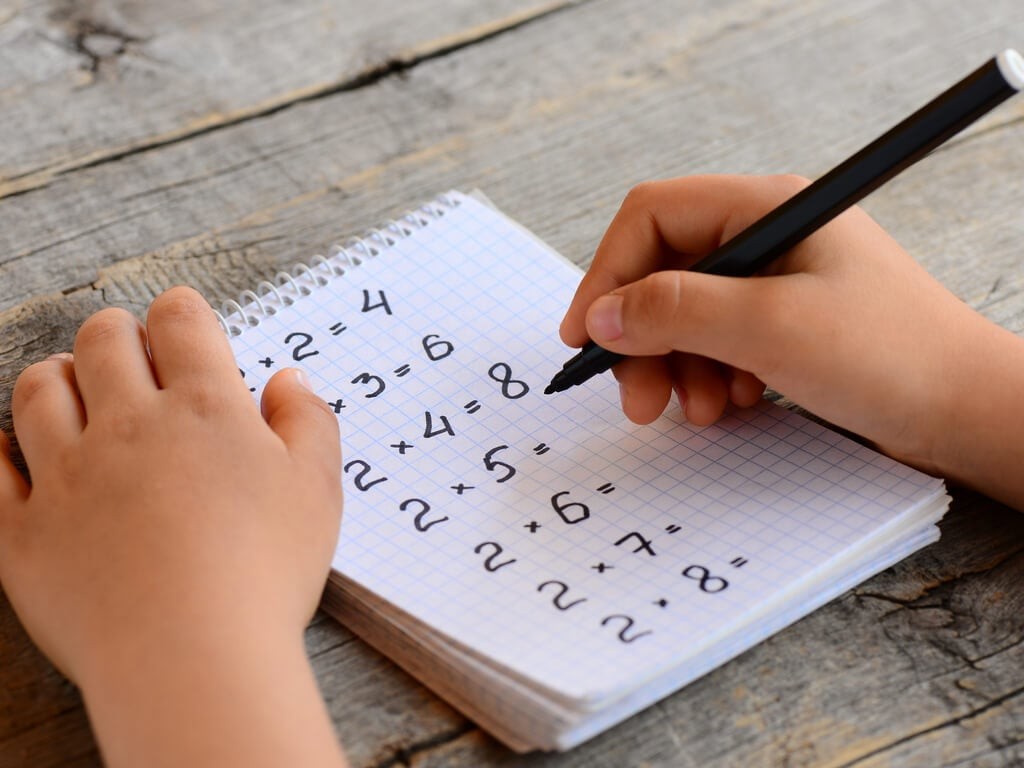Learning multiplication can seem daunting, but it doesn’t have to be. This guide provides a simple, five-step method to teach multiplication effectively, building confidence in both students and educators.
1. Hands-on Learning with Manipulatives
Make multiplication tangible using countable objects like buttons, clay, or bottle caps. Two effective strategies:
Grouping into Sets
For a problem like 3 x 4, have students create three separate groups of four objects. This visually represents the core concept: x groups of y equals z.
Using Arrays
Arrange objects into rows and columns. For 3 x 4, create three rows of four objects each. This “array” demonstrates that three rows of four make twelve, visually differentiating it from addition.
2. Introduce Skip Counting
Once comfortable with manipulatives, introduce skip counting. Using the array or sets, students can repeatedly add the same number to find the answer. 3 x 4 becomes:
4
4 + 4 = 8
8 + 4 = 12
Practicing skip counting with fingers (counting by twos) is also beneficial.
3. Understanding the Commutative Property
This key concept shows that the order of numbers doesn’t change the product (3 x 4 = 4 x 3 = 12). This understanding promotes flexibility and aids memorization.
A simple exercise: Have students create a 3 x 4 array, then challenge them to make a 4 x 3 array without moving the objects. Rotating the paper 90 degrees reveals the same array, illustrating the commutative property.
4. Memorizing Multiplication Facts
Mastering multiplication facts up to 12 x 12 is crucial. Start with easier concepts:
- Multiplying by one: The number stays the same.
- Multiplying by two: Doubling the number.
- Multiplying by ten: Adding a zero.
- Multiplying by eleven (up to 9): Repeating the digit.
Reinforce the commutative property – learning one fact automatically teaches its reverse. Use engaging methods for memorization:
Quizzes
Gamified quizzes can motivate learning.
“I Have… Who Has…” Game
Students use cards with a number and a multiplication sentence, prompting the next student with the answer.
Online Learning Platforms
Interactive games and stories within programs like Mathletics make practice enjoyable.
5. Applying Multiplication to Word Problems
Introduce word problems alongside fact fluency. Visual aids or student-drawn illustrations help translate words into quantifiable elements.
The schema approach is helpful: Analyze similar word problems to identify the underlying formula, enabling students to recognize the core procedure regardless of extraneous information. EdTech programs often offer pre-loaded word problems aligned with curriculum objectives.
Conclusion: Mastering Multiplication is Achievable
By following these five steps, students can progress from concrete manipulation to abstract understanding, building a solid foundation in multiplication. Combining hands-on activities, skip counting, understanding key properties, memorization techniques, and application through word problems provides a comprehensive and engaging learning experience. This approach empowers students to confidently tackle multiplication challenges and develop a lifelong appreciation for mathematics.

